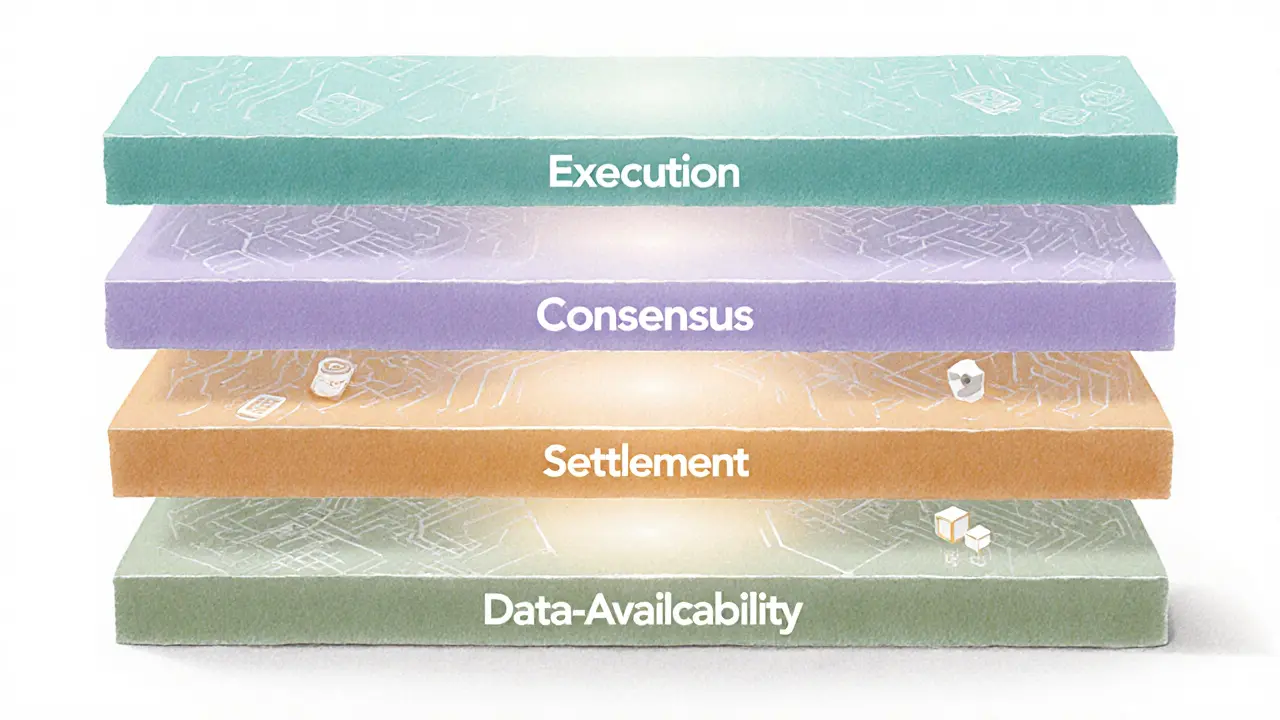n-to-1 Interoperability
When talking about n-to-1 interoperability, a system where many blockchains connect to a single hub or protocol, allowing assets and data to move freely between them. Also known as many‑to‑one cross‑chain, it solves the fragmentation problem that keeps users locked in one network. Blockchain bridges, software that links two separate ledgers so tokens can travel are the building blocks of this model, while cross‑chain protocols, standardized rules for communication across chains provide the language these bridges speak. The end result is a more connected ecosystem where decentralized exchanges, platforms that trade assets without a middle‑man can tap liquidity from many sources at once.
How It Works in Practice
Think of a hub like a central airport. Each airline (a blockchain) lands there, drops off passengers (tokens), and picks up new ones. The hub runs a settlement layer that checks every ticket, preventing double‑spends and ensuring the right amount lands on the right chain. This settlement layer is a key attribute of n-to-1 interoperability: it provides finality, consensus, and security across all connected networks. In turn, bridges rely on cryptographic proofs – like Merkle proofs – to verify that a transaction on one chain truly happened before it’s recorded on the hub. That verification step is the predicate that links the many sources to the single destination.
Another important component is the oracle network, service that feeds off‑chain data into the hub. Oracles enable smart contracts on the hub to react to real‑world events, expanding the use cases beyond simple token swaps. For example, a stablecoin issued on multiple chains can use the same price feed from an oracle, keeping its peg consistent regardless of where you trade it. This shows how n-to-1 interoperability not only moves assets but also shares critical data across ecosystems.
Why does this matter for users? First, you get lower fees because you only pay the hub’s gas costs instead of multiple bridge fees. Second, you enjoy faster transactions: the hub can batch many inbound moves into a single proof, cutting down confirmation time. Third, security improves – the hub is often a well‑audited layer‑1 or a purpose‑built sidechain that benefits from a larger validator set, reducing the risk of a single‑point failure that a two‑way bridge might have.
Developers also reap benefits. By targeting the hub’s SDK, they can write one smart contract that automatically works on all supported chains. This eliminates duplicate code, speeds up deployment, and makes upgrades easier. Projects like Cosmos, Polkadot, and LayerZero illustrate this approach: they each provide a hub or relay that other chains plug into, turning a fragmented market into a cohesive network.
Below you’ll find a curated set of articles that dive deeper into each piece of the puzzle. Whether you’re curious about how confirmation time stops double‑spends, want a step‑by‑step guide to becoming a validator, or are hunting for the latest airdrop tricks, the collection covers the full spectrum of n-to-1 interoperability and its real‑world impact.

Explore how modular blockchains achieve seamless cross‑chain communication, the difference between 1‑to‑1 and n‑to‑1 interoperability, and why Polkadot's XCM sets the standard.
Jonathan Jennings Feb 25, 2025




